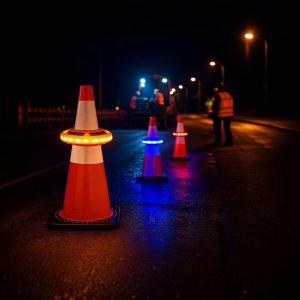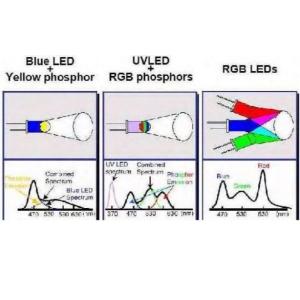What is LED?
LED is the abbreviation of Light Emitting Diode, that is, light-emitting diode, which is a semiconductor light-emitting material. When a forward voltage is applied to both ends, the carriers in the semiconductor recombine and cause photon emission to generate light. LEDs can directly emit red, yellow, blue, green, cyan, orange, purple, and white light.
Led has the following characteristics
- Small size LED is basically a small chip encapsulated in epoxy resin, so it is very small and very light.
- Low voltage LED power consumption is quite low, generally speaking, the working voltage of LED is 2-3.6V. Only a very weak current is required to emit light normally.
- Long service life Under proper current and voltage, the service life of LED can reach 100,000 hours.
- High-brightness, low-calorie LEDs use cold light-emitting technology, and the calorific value is much lower than that of ordinary lighting fixtures of the same power
- Environmentally friendly LEDs are made of non-toxic materials, unlike fluorescent lamps that contain mercury, which can cause pollution, and LEDs can also be recycled and reused.




